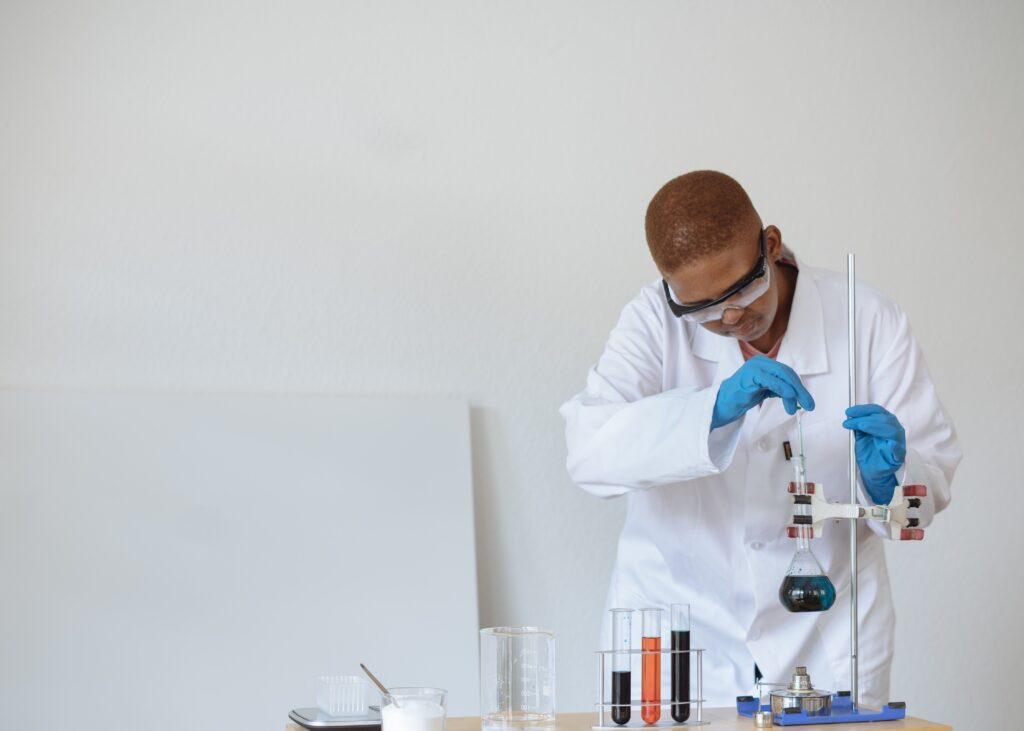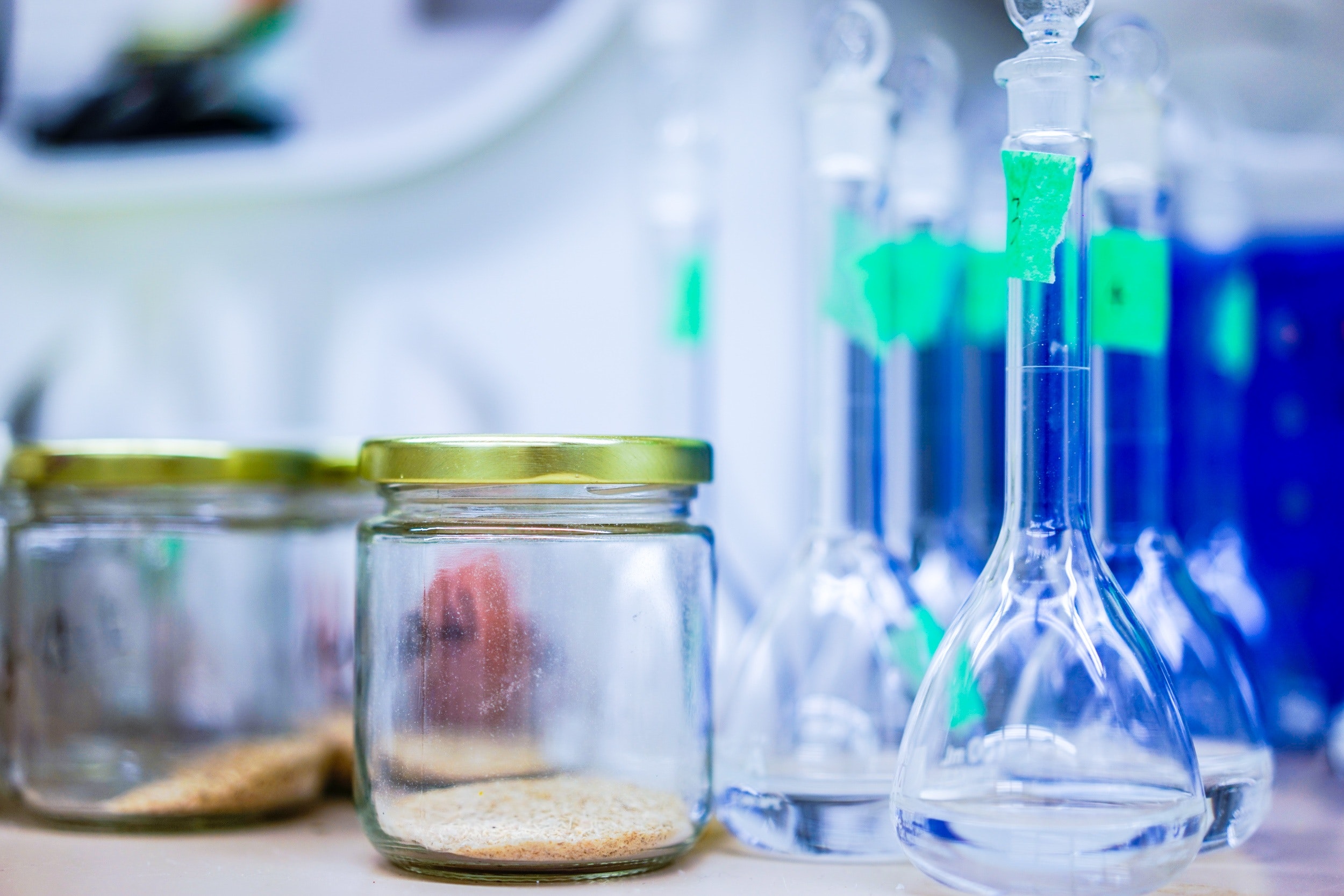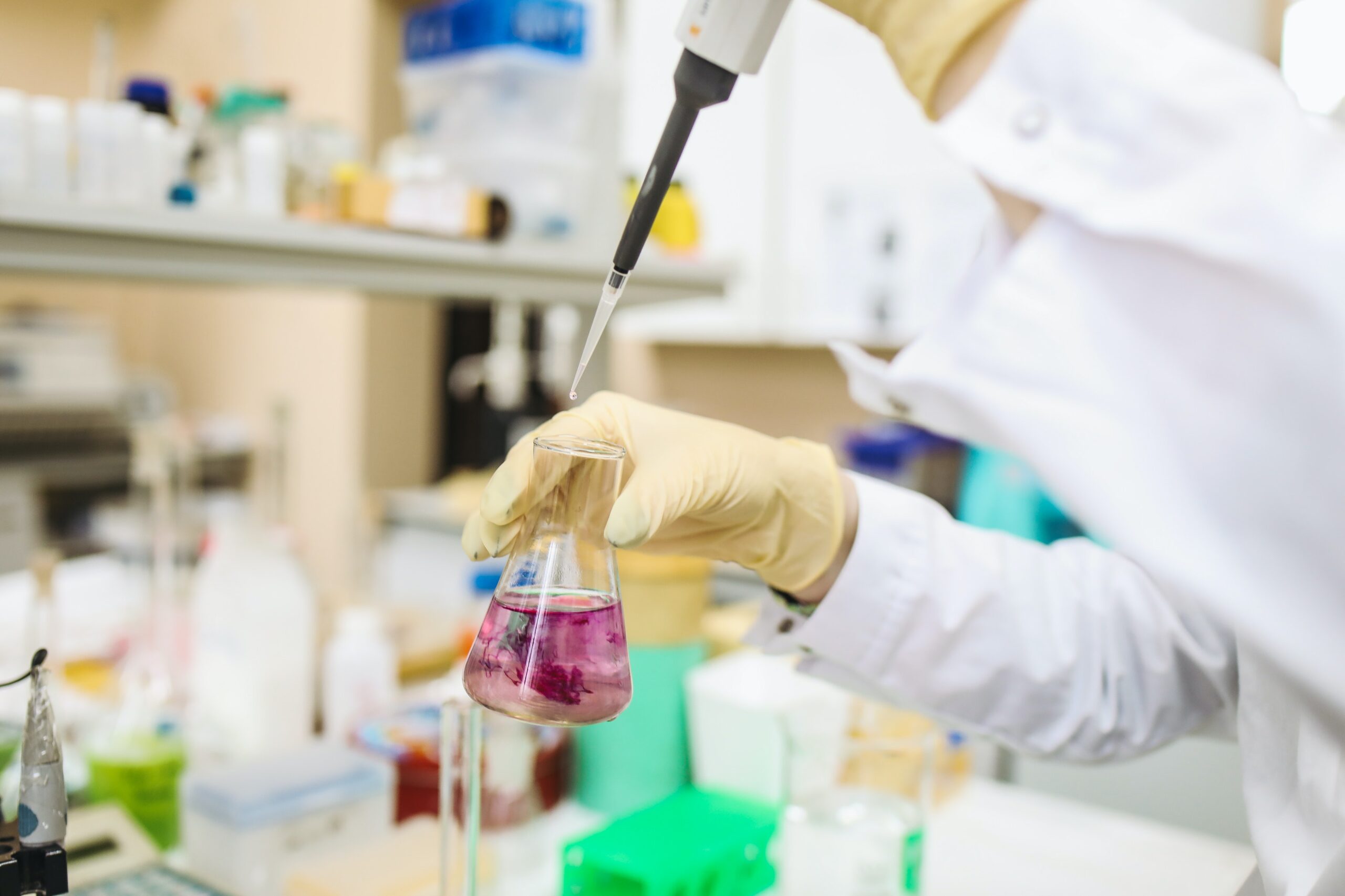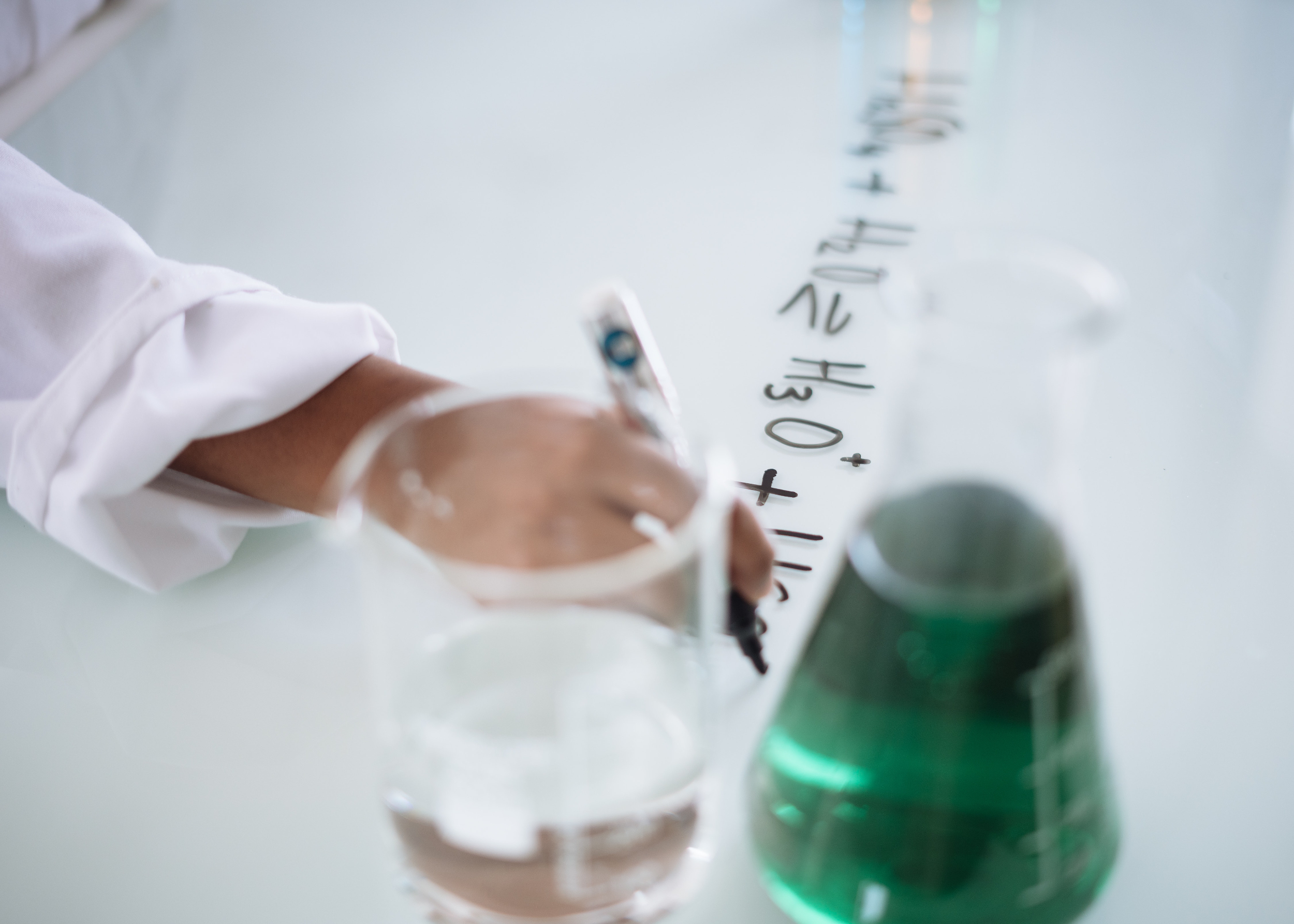Year 12 Chemistry begins with the concepts of open systems and closed systems. This will set us up to better understand static and dynamic equilibrium as well as non equilibrium…

In chemistry an equilibrium refers to a state of balance. There are two main types of equilibrium: static and dynamic equilibrium. In this blog post, we will explore these equilibrium states, their differences, and their relevance.
What is Static Equilibrium?
Static equilibrium is when there is no net movement of reactants or products in a reaction. Static equilibrium means the reaction has stopped. In other words, the system is at rest. A few key facts about static equilibrium:
- Open or Closed Systems: Static equilibrium can occur in open and closed systems
- Irreversible: Chemical reactions with static equilibrium are typically irreversible.
- Example: An example of static equilibrium is the dissolution of a sparingly soluble salt, such as calcium sulphate, in water. Once the maximum amount of the salt has dissolved, the concentration of the ions in the solution remains constant.
What is Dynamic Equilibrium?
Dynamic equilibrium is a steady state in which a system is continuously changing. Here the forward and reverse reactions are equal, for example in a chemical reaction where there is a continuous exchange of reactants and products.
- Continuous change in a steady state: In dynamic equilibrium, the system is in constant motion. However, the net effect of opposing processes is zero, resulting in no overall change in the system’s properties.
- Closed System: dynamic equilibrium occurs in a closed system
- Reversible Reactions: Dynamic equilibrium often arises in chemical systems with reversible reactions. Reactants continuously transform into products and vice versa, but the concentrations of both remain constant.
- Example: you’ve witnessed a dynamic equilibrium example any time you’ve had a fizzy drink. In a sealed bottle carbon dioxide is present in both the liquid/aqueous phase and the gaseous phase (bubbles). The two phases of carbon dioxide are in dynamic equilibrium inside the sealed bottle since the gaseous carbon dioxide is dissolving into the liquid form at the same rate that the liquid form of carbon dioxide is being converted back to its gaseous form.
- Changing the temperature, pressure, or concentration of a reaction can shift the equilibrium of an equation and knock it out of dynamic equilibrium. This is why, if you open a bottle and leave it out for a long time, eventually it’ll become “flat” and there will be no more bubbles. This is because the bottle is no longer a closed system and the carbon dioxide can interact with the atmosphere. This moves it out of dynamic equilibrium and releases the gaseous form of carbon dioxide until there are no more bubbles.
Comparing Static and Dynamic Equilibrium
Now that we’ve explored both types of equilibrium, let’s compare them:
- Nature: Static equilibrium is typically observed in macroscopic, non-reactive systems, while dynamic equilibrium is more common in microscopic, reactive systems.
- Change: Static equilibrium involves a complete absence of change as it is now at rest, while dynamic equilibrium features continuous but balanced changes.
- Time: Static equilibrium is a snapshot in time such as the end of a chemical reaction, while dynamic equilibrium occurs over an extended period, often indefinitely.
Static and dynamic equilibrium represent two distinct states of balance, one characterised by stillness and the other by constant change. Understanding these equilibria is essential for solving real-world problems, from designing stable structures to unraveling the intricacies of chemical reactions. Whether you’re an aspiring scientist, an engineer, or simply curious about the world around you, these equilibrium concepts provide valuable insights into the delicate balance of nature.
Need Help with Year 12 Chemistry?

HSC Chemistry Tutor
Master Coaching offers one on one tutoring for HSC Chemistry. We are located in Hurstville, Sydney, and also offer online tutoring to students across NSW.



